
Deutsch-Chinesische Enzyklopädie, 德汉百科
 Iran
Iran

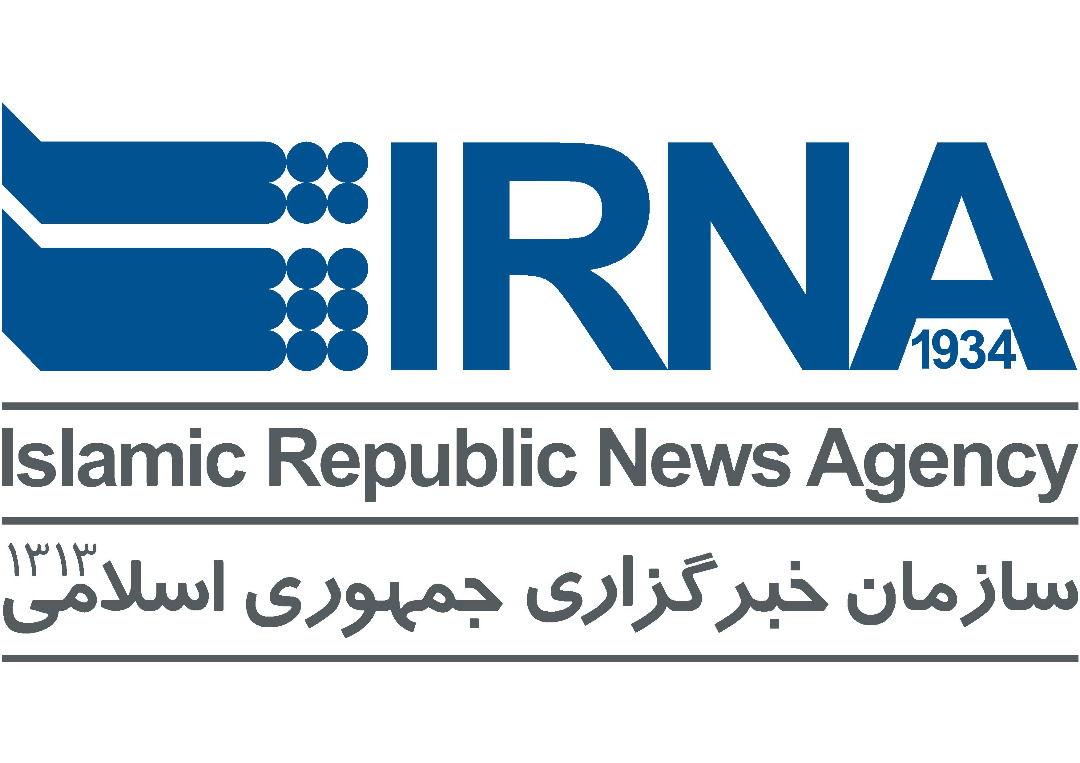
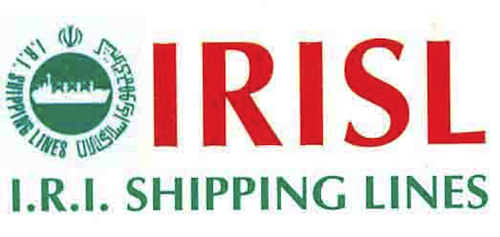
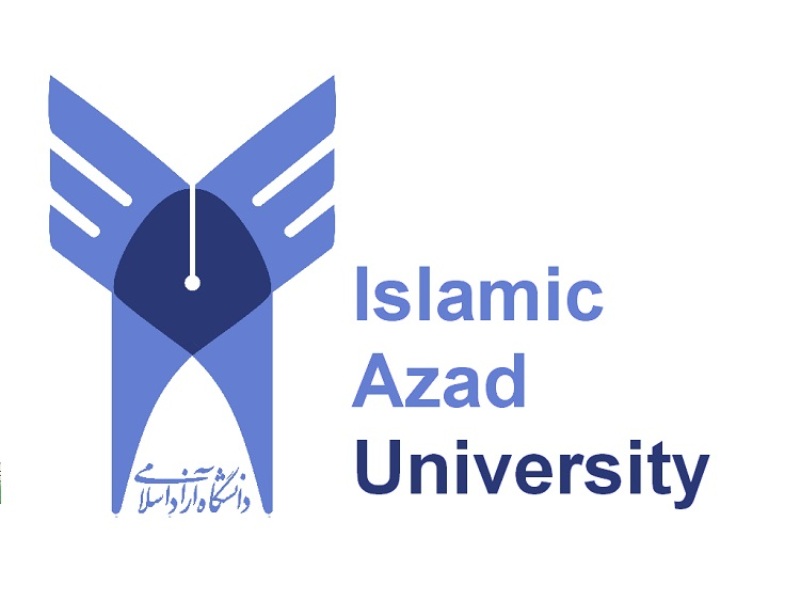
 Egypt
Egypt
 Algeria
Algeria
 Indonesia
Indonesia
 Iran
Iran
 Kuwait
Kuwait
 Libya
Libya
 Pakistan
Pakistan
 Saudi Arabia
Saudi Arabia
 Turkey
Turkey
 United Arab Emirates
United Arab Emirates

 Important International Organizations
Important International Organizations
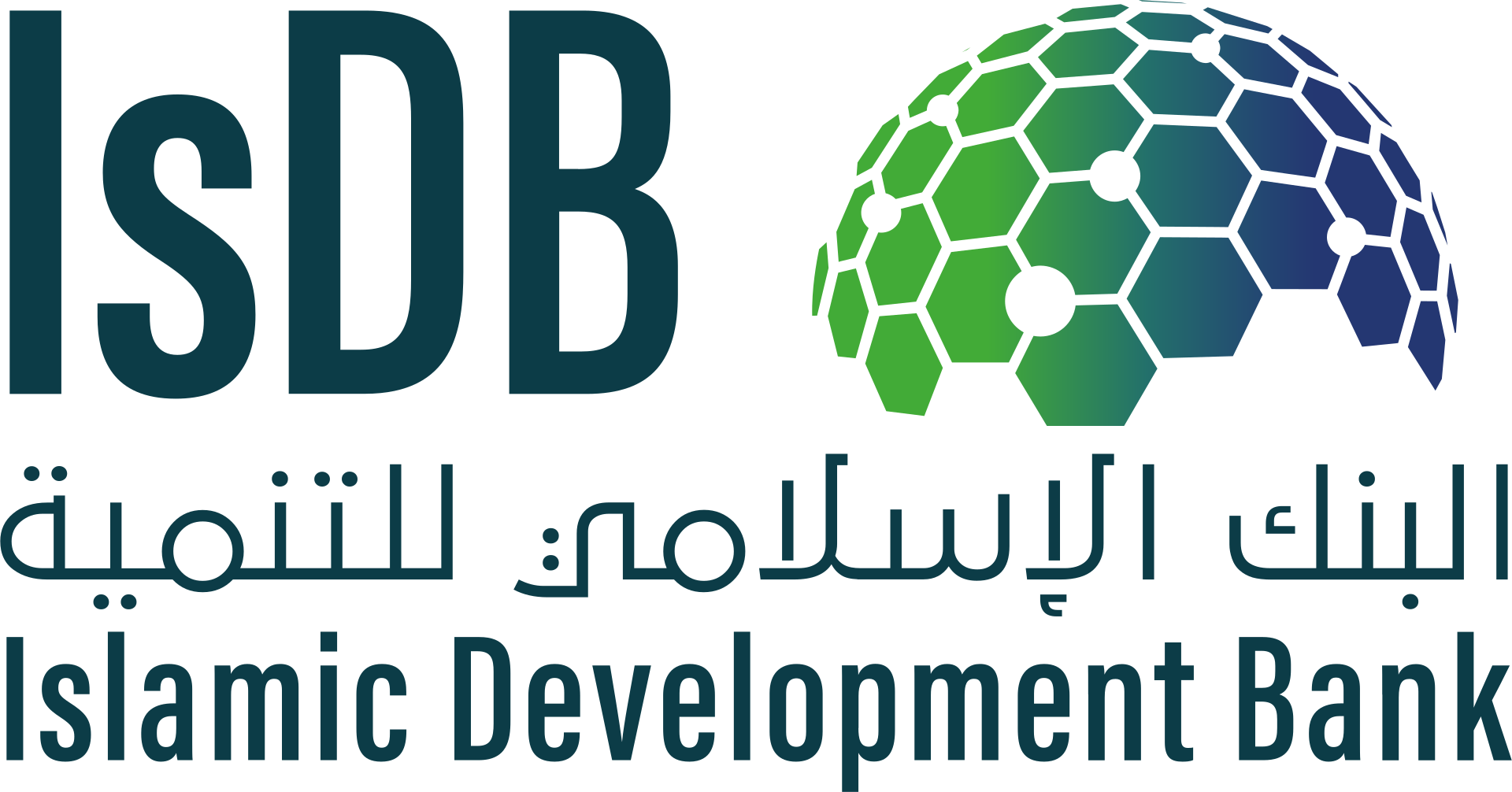
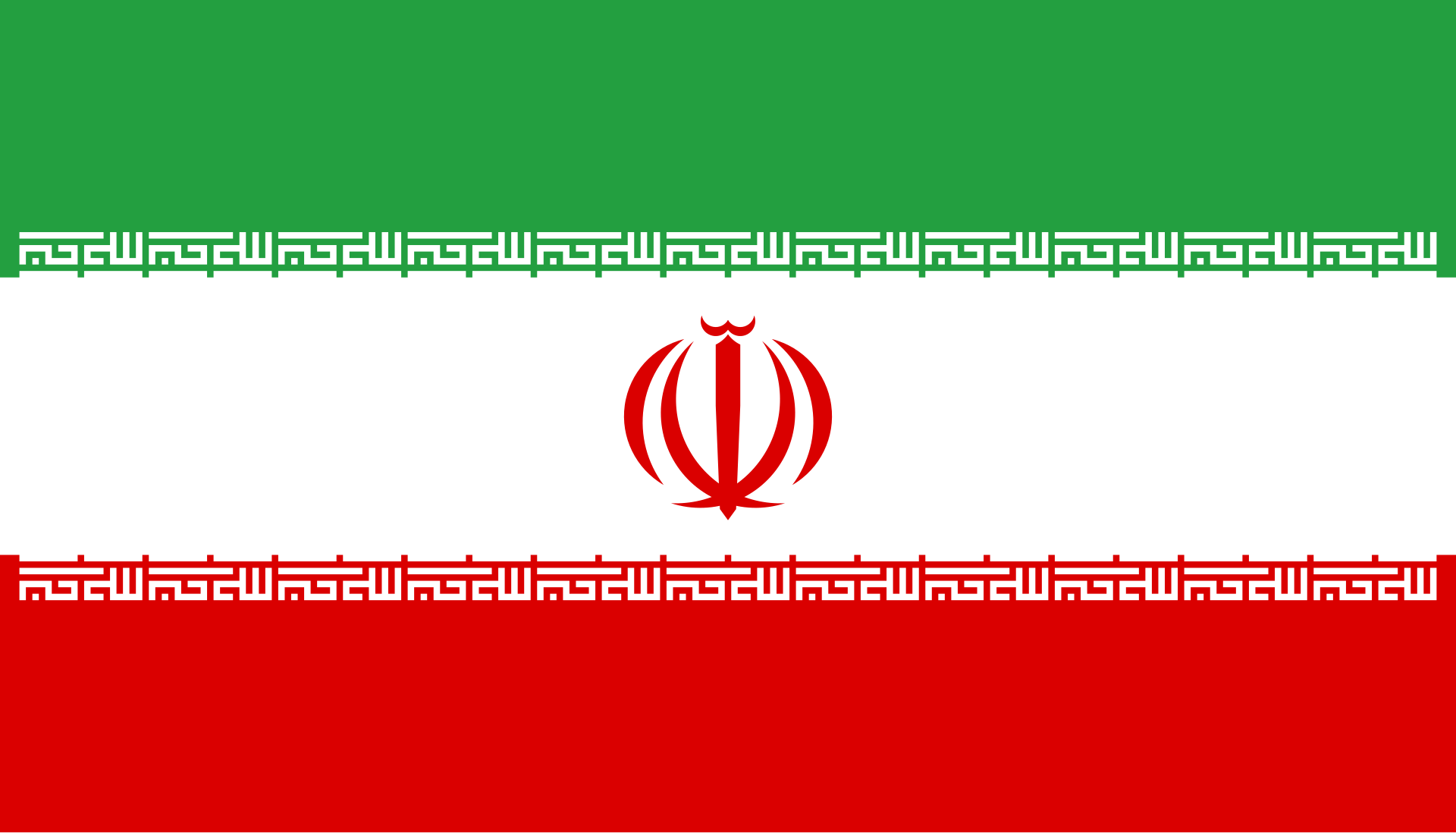

伊朗伊斯兰共和国(波斯语:جمهوری اسلامی ایران,Jomhuriye Eslâmiye Irân,[dʒomhuːˌɾije eslɒːˌmije ʔiːˈɾɒn]),通称伊朗(波斯语:ایران,Irān,[ʔiːˈɾɒːn] (![]() 发音) ),1501年之前很长一段历史时间被外界称波斯[注 2],位于西亚,为中东国家,其中北部紧靠里海、南濒波斯湾和阿拉伯海。伊朗东邻巴基斯坦和阿富汗,东北部与土库曼斯坦接壤,西北与阿塞拜疆和亚美尼亚,以及国际上属阿塞拜疆的纳希切万自治共和国为邻,西接土耳其和伊拉克(库尔德斯坦)。国土面积为1,648,195平方公里,国土主要位于伊朗高原上,气候较为干燥。人口8320万人,为多民族国家,其主体民族为波斯人,约占总人口的52%,其余有阿塞拜疆人、库尔德人、阿拉伯人等。官方语言为波斯语。伊斯兰教什叶派的十二伊玛目宗(信众超过全国人口的90%)为伊朗国教,宪法承认的其余教派有伊斯兰教逊尼派、祆教、犹太教、基督宗教等。首都为德黑兰。
发音) ),1501年之前很长一段历史时间被外界称波斯[注 2],位于西亚,为中东国家,其中北部紧靠里海、南濒波斯湾和阿拉伯海。伊朗东邻巴基斯坦和阿富汗,东北部与土库曼斯坦接壤,西北与阿塞拜疆和亚美尼亚,以及国际上属阿塞拜疆的纳希切万自治共和国为邻,西接土耳其和伊拉克(库尔德斯坦)。国土面积为1,648,195平方公里,国土主要位于伊朗高原上,气候较为干燥。人口8320万人,为多民族国家,其主体民族为波斯人,约占总人口的52%,其余有阿塞拜疆人、库尔德人、阿拉伯人等。官方语言为波斯语。伊斯兰教什叶派的十二伊玛目宗(信众超过全国人口的90%)为伊朗国教,宪法承认的其余教派有伊斯兰教逊尼派、祆教、犹太教、基督宗教等。首都为德黑兰。
伊朗古称波斯,在公元前28世纪建立的古埃兰王国和之后建立的米底王国是伊朗高原文明的发源地。到公元前550年,由居鲁士大帝建立了大一统的古代大帝国波斯帝国。公元7世纪中叶,波斯的萨珊王朝被阿拉伯征服,包括伊朗高原的中东地区开始伊斯兰化,而曾占统治地位的祆教则日渐式微。近代,波斯逐渐沦为英国和俄国的半殖民地。1925年,巴列维王朝建立。二战后,国王穆罕默德-礼萨·巴列维逐渐摆脱英、苏两国对伊朗的控制,奉行亲美政策,国家经济建设获得较大发展,在中东地区获得了较大的影响力。1979年初,鲁霍拉·穆萨维·霍梅尼领导的伊斯兰革命爆发,王朝政权被推翻,成立伊朗伊斯兰共和国,同年底发生美国驻伊使馆人质事件,伊朗转为反美的先锋,与以美国为首的西方国家交恶。
伊朗伊斯兰共和国实行政教合一的政治体制,伊斯兰教在国家的政治生活中担任非常重要的角色,最高领袖是国家的最高领导人和武装力量最高统帅,由伊斯兰教神职人员组成的专家会议选举产生,霍梅尼为首任最高领袖,现任最高领袖为赛义德阿里·侯赛尼·哈梅内伊。伊朗政府实行总统内阁制,总统是继最高领袖之后的国家第二号领导人,既是国家元首,又是政府首脑,但不是军事统帅,由全民普选产生,现任总统为哈桑·鲁哈尼,第一副总统为艾沙格·贾汉基里。伊朗最高立法机构为伊斯兰议会,实行一院制,现任议长为阿里·拉里贾尼。伊朗司法总监是伊朗的司法最高首脑,由最高领袖任命,最高法院院长和总检察长则由司法总监任命,现任司法总监为萨迪格·拉里贾尼。
伊朗是亚洲和中东主要经济体之一,经济实力较强,2012年国内生产总值为5485.9亿美元,居世界第21位,人均国内生产总值7207美元,居世界第76位(国际货币基金组织数据)。石油产业是伊朗的支柱,伊朗是世界第四大石油生产国、石油输出国组织第二大石油输出国。伊朗的货币名称为里亚尔,主要的贸易伙伴有中国、印度、阿拉伯联合酋长国、土耳其等。伊朗奉行独立、不结盟的对外政策,同时是联合国、不结盟运动、伊斯兰会议组织、石油输出国组织的创始会员国。
Iran, auch: der Iran (mit Artikel),[6] persisch ايران, DMG Īrān, [ʔiːˈɾɒːn], Vollform: Islamische Republik Iran, vor 1935 auf internationaler Ebene (exonym) auch Persien, ist ein Staat in Vorderasien. Mit rund 83 Millionen Einwohnern (Stand 2019)[7] und einer Fläche von 1.648.195 Quadratkilometern zählt Iran zu den 20 bevölkerungsreichsten und größten Staaten der Erde. Hauptstadt, größte Stadt und wirtschaftlich-kulturelles Zentrum Irans ist Teheran, weitere Millionenstädte sind Maschhad, Isfahan, Täbris, Karadsch, Schiras, Ahvaz und Ghom. Der Iran bezeichnet sich selbst seit der Islamischen Revolution 1979 als Islamische Republik.
Iran besteht großteils aus hohem Gebirge und trockenen, wüstenhaften Becken. Seine Lage zwischen dem Kaspischen Meer und der Straße von Hormus am Persischen Golf macht ihn zu einem Gebiet von hoher geostrategischer Bedeutung mit langer, bis in die Antike zurückreichender Geschichte.
Nachdem sich zwischen 3200 und 2800 v. Chr. das Reich Elam gebildet hatte, vereinigten die iranischen Meder das Gebiet um 625 v. Chr. erstmals zu einem Staat, der die kulturelle und politische Führerschaft in der Region übernahm. Die von Kyros begründete Dynastie der Achämeniden regierte von Südiran aus das bis dato größte Reich der Geschichte. Es wurde im Jahre 330 v. Chr. durch die Truppen Alexanders des Großen zerstört. Nach Alexander teilten seine Nachfolger (Diadochen) das Reich unter sich auf, bis sie im iranischen Bereich um die Mitte des 3. Jahrhunderts v. Chr. durch die Parther abgelöst wurden. Auf diese folgte ab etwa 224 n. Chr. das Reich der Sassaniden, das bis zum 7. Jahrhundert neben dem Byzantinischen Reich zu den mächtigsten Staaten der Welt zählte. Nach dem Übergreifen der islamischen Expansion auf Persien, in deren Verlauf der Zoroastrismus durch den Islam ersetzt wurde, wurden persische Gelehrte zu Trägern des Goldenen Zeitalters, bis der Mongolensturm im 13. Jahrhundert das Land in seiner Entwicklung weit zurückwarf.
Die Safawiden einigten das Land und machten 1501 das zwölferschiitische Bekenntnis zur Staatsreligion. Unter der 1794 gegründeten Kadscharen-Dynastie schrumpfte der Einfluss Persiens; Russland und Großbritannien zwangen die Perser zu territorialen und wirtschaftlichen Konzessionen. 1906 kam es zur konstitutionellen Revolution, in deren Ergebnis Persien sein erstes Parlament und eine Verfassung erhielt, in der Gewaltenteilung vorgesehen war. Als Staatsform erhielt es die konstitutionelle Monarchie. Die beiden Monarchen der Pahlavi-Dynastie betrieben eine Politik der Modernisierung und Säkularisierung, parallel dazu wurde das Land im Ersten Weltkrieg durch russische, britische und türkische Truppen und im Zweiten Weltkrieg durch britische und sowjetische Truppen besetzt. Danach kam es wiederholt zu ausländischer Einflussnahme wie der Gründung einer Autonomen Republik Aserbaidschan mit sowjetischer Hilfe oder einem von der CIA organisierten Staatsstreich im Jahr 1953. Die Unterdrückung der liberalen, kommunistischen und islamischen Opposition führte zu vielseitigen Spannungen, die in der Revolution von 1979 und dem Sturz des Schahs kulminierten.
Seitdem ist Iran eine theokratische Republik, die von schiitischen Geistlichen geführt wird, an deren Spitze der Religionsführer die Macht auf sich konzentriert. Kontrolliert wird er nur vom Expertenrat. Regelmäßige Wahlen werden abgehalten, aber aufgrund der umfassenden Einhegung durch die Machthaber, von Manipulationsvorwürfen und der unbedeutenden Stellung des Parlamentes sowie des Präsidenten als undemokratisch kritisiert. Der iranische Staat kontrolliert nahezu jeden Aspekt des täglichen Lebens in Hinblick auf religiöse und ideologische Konformität und durchdringt so das Leben aller Bürger und beschneidet die Freiheit des Einzelnen. Es gibt im Iran keine umfassende Presse- oder Meinungsfreiheit. Seit der Islamischen Revolution haben sich die guten Beziehungen zu westlichen Staaten in eine offene Feindschaft gewandelt, die vor allem bezüglich der ehemals befreundeten USA und Israel auch fest in der Staatsideologie verankert ist. Der Iran ist außenpolitisch weitgehend isoliert, gleichzeitig eine Regionalmacht im Nahen Osten.
Neben ethnischen Persern leben im Iran zahlreiche andere Völker, die ihre eigene sprachliche und kulturelle Identität besitzen. Die Amtssprache ist Persisch. Die größten ethnischen Gruppen nach den Persern sind Aserbaidschaner, Kurden und Luren. Die Völker des Iran verfügen über lange Traditionen in Kunsthandwerk, Architektur, Musik, Kalligraphie und Poesie; im Land befinden sich zahlreiche Stätten des UNESCO-Welterbes.
イラン・イスラム共和国(イラン・イスラムきょうわこく、ペルシア語:جمهوری اسلامی ایران)、通称イランは、アジア・中東に位置するイスラム共和制国家。北西にアルメニアとアゼルバイジャン、北にカスピ海、北東にトルクメニスタン、東にアフガニスタンとパキスタン、南にペルシア湾とオマーン湾、西にトルコ、イラク(クルディスタン)と境を接する。また、ペルシア湾を挟んでクウェート、サウジアラビア、バーレーン、カタール、アラブ首長国連邦に面する。ペルシア、ペルシャともいう。
前6世紀のアケメネス朝時代から繁栄し、ササン朝時代にはゾロアスター教が国教だったが、642年にアラブ人に滅ぼされ、イスラム教が広まった。16世紀初めに成立したサファビー朝がシーア派十二イマーム派を国教とし、イラン人の国民意識を形成した。18世紀のカージャール朝を経て、1925年からパフラヴィー朝になったが、1979年のルーホッラー・ホメイニー師によるイラン革命により王政は廃され、宗教上の最高指導者が国の最高権力を持つイスラム共和制が樹立された[4]。
政治体制は、1979年に制定されたイラン・イスラーム共和国憲法によって規定されており、国の元首である最高指導者の地位は、宗教法学者に賦与され、自由は「イスラムの原則に反しない限り」でしか認められない[5]。憲法では三権分立が規定され、立法権は一院制の国民議会、行政権は大統領にあるが、大統領の地位は最高指導者に劣る。イラン革命とシーア派に忠実であることが資格として要求される[5]。ヒューマン・ライツ・ウォッチは政府が抗議者に対して恣意的な逮捕を行い、治安当局や諜報当局による深刻な虐待が行われていることを報告している[6]。エコノミスト誌傘下の研究所エコノミスト・インテリジェンス・ユニットによる民主主義指数は、世界151位と後順位で「独裁政治体制」に分類されている(2019年度)[7]。国境なき記者団による世界報道自由度ランキングも173位と後順位で最も深刻な国の一つに分類されている(2020年度)[8]。
外交面ではパフラヴィー朝時代にはアメリカ合衆国の強い影響下にあったが、革命によりアメリカとの関係が悪化、特にアメリカ大使館人質事件以降、公然たる敵対関係に入った。アメリカからはテロ支援国家に指定されている[5]。 他方でイラン革命指導者は反共主義者が多いため、ソビエト連邦とも友好的ではなく、革命後の外交は排外主義的な非同盟中立路線を基本とする[5]。近年は核兵器開発を行っている疑惑から経済制裁を受けている。2015年にオバマ政権下のアメリカと核合意を締結して制裁解除を取り付けたが、トランプ政権が破棄し制裁が再開されたため、段階的に核合意履行停止を進めている[9]。
経済面ではパフラヴィー朝時代にアメリカからの経済援助を元手に経済各分野の近代化を進め、高度経済成長を成し遂げた。イラン革命の混乱とイラン・イラク戦争で経済は停滞したが、その後立て直しが図られた[5]。世界有数の石油の産出地であり、それが国の主要財源である[4]。しかし近年は長引くアメリカの制裁と新型コロナウイルスのパンデミックにより経済状態が深刻化している[10]。
軍事面では王政時代からの伝統を持つ正規軍と別に、革命後に創設された革命防衛隊という最高指導者直轄の親衛隊的軍事組織が存在するのが特徴である[11][12]。革命防衛隊はイラン国外の対外工作にも深くかかわり[13]、アメリカのトランプ政権から「テロ組織」に指定された[14]。男性に2年の兵役を課す徴兵制を採用しており[15]、兵力は61万人ほどである(2020年時)[16]。
2017年の国勢調査によると人口は約8千万人で、世界で17位であった。多くの民族と言語が存在する多文化国家であり、主要な民族の構成はペルシア人(61%)、アゼルバイジャン人(35%)、クルド人(10%)、ロル族(6%)である。宗教は99%がイスラム教徒でその大部分(89%)がシーア派である。トルクメン人、バルーチ人、クルド人など10%がスンニ派を信仰している。極めて少数派としてユダヤ教、キリスト教、ゾロアスター教、バハーイー教の教徒もいるが、バハーイー教は非合法にされている[5]。言語はペルシア語が公用語で大半を占めているが、他にクルド語やアゼルバイジャン語などがある[4]。
地理としては、総面積は1,648,195 平方キロメートル(km2)で、中東で2番目に大きく、世界では17位である。北部を東西にアルボルズ山脈が、北西部から南東部にザーグロス山脈が走り、その間にイラン高原が広がる。国土のほとんどがイラン高原上にある[5]。同国はユーラシアの中心に位置し、ホルムズ海峡に面するため、地政学的に重要な場所にある。首都であるテヘランは同国の最も大きな都市であり、経済と文化の中心地でもある。イランには文化的な遺産が多く存在し、ユネスコの世界遺産には22個登録されている。これはアジアでは3番目、世界では11番目に多い。
Iran (Persian: ایران Irān [ʔiːˈɾɒːn] (![]() listen)), also called Persia,[11] and officially the Islamic Republic of Iran,[a] is a country in Western Asia. It is bordered to the northwest by Armenia and Azerbaijan,[b] to the north by the Caspian Sea, to the northeast by Turkmenistan, to the east by Afghanistan, to the southeast by Pakistan, to the south by the Persian Gulf and the Gulf of Oman, and to the west by Turkey and Iraq. Iran covers an area of 1,648,195 km2 (636,372 sq mi), with a population of 83 million. It is the second-largest country in the Middle East, and its capital and largest city is Tehran.
listen)), also called Persia,[11] and officially the Islamic Republic of Iran,[a] is a country in Western Asia. It is bordered to the northwest by Armenia and Azerbaijan,[b] to the north by the Caspian Sea, to the northeast by Turkmenistan, to the east by Afghanistan, to the southeast by Pakistan, to the south by the Persian Gulf and the Gulf of Oman, and to the west by Turkey and Iraq. Iran covers an area of 1,648,195 km2 (636,372 sq mi), with a population of 83 million. It is the second-largest country in the Middle East, and its capital and largest city is Tehran.
Iran is home to one of the world's oldest civilizations,[12][13] beginning with the formation of the Elamite kingdoms in the fourth millennium BC. It was first unified by the Iranian Medes in the seventh century BC,[14] and reached its territorial height in the sixth century BC, when Cyrus the Great founded the Achaemenid Empire, which became one of the largest empires in history and the world's first superpower.[15] The empire fell to Alexander the Great in the fourth century BC and was divided into several Hellenistic states. An Iranian rebellion established the Parthian Empire in the third century BC, which was succeeded in the third century AD by the Sasanian Empire, a major world power for the next four centuries.[16][17] Arab Muslims conquered the empire in the seventh century AD, which led to the Islamization of Iran. It subsequently becoming a major center of Islamic culture and learning, with its art, literature, philosophy, and architecture spreading across the Muslim world and beyond during the Islamic Golden Age. Over the next two centuries, a series of native Muslim dynasties emerged before the Seljuq Turks and the Mongols conquered the region. In the 15th century, the native Safavids re-established a unified Iranian state and national identity[4] and converted the country to Shia Islam.[5][18] Under the reign of Nader Shah in the 18th century, Iran once again became a major world power,[19][page needed] though by the 19th century a series of conflicts with Russia led to significant territorial losses.[20][21] The early 20th century saw the Persian Constitutional Revolution. Efforts to nationalize its fossil fuel supply from Western companies led to an Anglo-American coup in 1953, which resulted in greater autocratic rule under Mohammad Reza Pahlavi and growing Western political influence.[22] He went on to launch a far-reaching series of reforms in 1963.[23] After the Iranian Revolution, the current Islamic Republic was established in 1979[24] by Ruhollah Khomeini, who became the country's first Supreme Leader.
The Government of Iran is an Islamic theocracy which includes elements of a presidential democracy, with the ultimate authority vested in an autocratic "Supreme Leader",[25] a position held by Ali Khamenei since Khomeini's death in 1989. The Iranian government is widely considered to be authoritarian, and has attracted widespread criticism for its significant constraints and abuses against human rights and civil liberties,[26][27][28][29] including several violent suppressions of mass protests, unfair elections, and limited rights for women and children.
Iran is a regional and middle power, with a geopolitically strategic location in the Asian continent.[30] It is a founding member of the United Nations, the ECO, the OIC, and the OPEC. It has large reserves of fossil fuels—including the world's second-largest natural gas supply and the fourth-largest proven oil reserves.[31] The country's rich cultural legacy is reflected in part by its 22 UNESCO World Heritage Sites.[32] Historically a multinational state, Iran remains a pluralistic society comprising numerous ethnic, linguistic, and religious groups, the largest being Persians, Azeris, Kurds, Mazandaranis and Lurs.[3]
L’Iran (en persan : ايران, IrânÉcouter), en forme longue la république islamique d'Iran (en persan : جمهوری اسلامی ايراﻥ, Jomhuriye Eslâmiye Irân ou JEIÉcouter), est un pays d'Asie de l'Ouest, historiquement appelé la Perse3. Bordé au nord par la mer Caspienne, au sud-est par le golfe d'Oman et au sud par le golfe Persique, l'Iran partage des frontières avec le Turkménistan au nord-est, l'Afghanistan à l'est, le Pakistan au sud-est, l'Irak à l'ouest et la Turquie, l'Arménie et l'Azerbaïdjan au nord-ouest. Le pays a une superficie de 1 648 195 km2.
L'Iran est un pays fortement diversifié tant sur le plan des grands ensembles naturels que de sa population et sa culture. Le relief de l'Iran est montagneux à l'ouest et au nord — les sommets sont les plus hauts d'Eurasie à l'ouest de l'Hindou Kouch-Himalaya — et à l'est, le plateau iranien s'insérant entre les deux massifs et les plaines étant circonscrites aux côtes de la mer Caspienne et du golfe Persique. À la rencontre des plaques eurasiatique, arabique et indienne, le pays est sujet aux séismes. Les aires à l'ouest et au nord, plus humides et couvertes de steppes et de forêts, rassemblent la plus grande partie de la population, l'est et le sud étant semi-désertiques et désertiques.
L'Iran est l'un des plus anciens berceaux civilisationnels du monde, ayant été habité par les Élamites dès le IVe millénaire avant notre ère. Unifié par les Mèdes, le territoire vint à constituer l'un des plus vastes empires à avoir jamais existé, s'étendant de l'est de l'Europe à la vallée de l'Indus sous le règne des Achéménides, ainsi que le plus important foyer du monothéisme zoroastrien pendant plus de mille ans. Conquis en 331 avant notre ère par Alexandre le Grand et placé sous la domination des rois séleucides, l'empire se rebella au siècle suivant sous l'impulsion des Parthes. Régnant à partir du IIIe siècle de notre ère, les Sassanides érigèrent l'Empire perse au rang de grande puissance de l'Asie de l'Ouest pendant plus de quatre cents ans4. La conquête arabo-musulmane au VIIe siècle conduisit à l'islamisation de l'Iran, dont les contributions aux arts, aux sciences et à la philosophie au cours de l'Âge d'or de l'islam furent toutefois nombreuses. L'Iran fut gouverné au cours des deux siècles qui suivirent par des dynasties locales puis par les Turcs seldjoukides puis les Ilkhans mongols. La dynastie séfévide unifie à nouveau l'Iran au XVe siècle et fait de l'islam chiite la religion officielle. Après avoir été une puissance majeure sous Nader Chah au XVIIIe siècle, l'Iran subit des pertes territoriales face à l'Empire russe. Au début du XXe siècle, la Révolution constitutionnelle persane aboutit à l'instauration d'un parlement. Un coup d'État est opéré par le Royaume-Uni et les États-Unis en 1953. La Révolution islamique en 1979 aboutit à l'établissement de l'actuel régime politique de l'Iran.
L'Iran compte 82 801 633 habitants1. La langue officielle est le persan et plusieurs minorités parlant azéri, kurde, lori, guilaki, soureth, baloutchi, mazandarani, kachkaï et arabe1 peuplent différentes villes des 31 provinces. La capitale est Téhéran. Le calendrier officiel est le calendrier persan. L'Iran est la 28e puissance économique mondiale selon le produit intérieur brut (PIB) nominal et la dix-huitième selon le PIB à parité de pouvoir d'achat (2015). Le PIB par habitant s’élève à 11 200 $US (2011)1. Membre de l'Organisation des pays exportateurs de pétrole (OPEP), c'est un important producteur de pétrole à l'échelle mondiale. Il dispose de la plus grande réserve de gaz naturel. La monnaie est le rial.
L'Iran (in persiano: إيران, [iˈrɒːn]),[10] ufficialmente Repubblica Islamica dell'Iran (in persiano: جمهوری اسلامی ایران, Jomhuri-ye Eslāmi-ye Irān) è uno Stato dell'Asia situato all'estremità orientale del Medio Oriente.[11]
Fino al 1935 l'Iran era noto in Occidente come Persia, patria di una delle più antiche civiltà del mondo.[12] La prima dinastia dell'Iran si formò durante il regno di Elam nel 2800 a.C., mentre i Medi unificarono vari regni dell'Iran nel 625 a.C.[13] Nel 550 a.C. fu poi la volta degli Achemenidi, ma nel 334 a.C. Alessandro il Grande invase il regno achemenide, sconfiggendo l'ultimo re persiano Dario III durante la battaglia di Isso del 333 a.C. e la battaglia di Gaugamela del 331 a.C.[14] Dopo la morte di Alessandro, il suo impero venne spartito tra i suoi generali, i Diadochi ("successori"), così la Persia cadde sotto il controllo del regno ellenistico dei Seleucidi e poi sotto il controllo di vari regni ellenistici.[15] In seguito l'Iran fu inglobato nel regno dei Parti nel II secolo a.C e dal 224 d.C. fino al 651 dei Sasanidi, ma questi ultimi crollarono a loro volta sotto i colpi degli arabi musulmani, i quali nel 633 avevano avviato la conquista islamica della Persia.[16]
L'affermazione della dinastia Safavide nel 1501[17] promosse uno dei rami minoritari dell'Islam (lo sciismo duodecimano)[18] come religione ufficiale dell'impero, segnando un punto cruciale nella storia della Persia e del mondo islamico.[19] La rivoluzione costituzionale persiana stabilì il parlamento del Paese nel 1906 noto come Majlis e una monarchia costituzionale, seguiti nel 1921 dall'autoritaria dinastia Pahlavi.[20] Nel 1953 fu spento il primo esperimento democratico del Paese per via di un colpo di Stato perpetrato da parte del Regno Unito e degli Stati Uniti che riportò al potere i Pahlavi.[21] Il dissenso popolare portò alla cosiddetta rivoluzione iraniana, istituendo la Repubblica Islamica dell'Iran il 1º aprile 1979, un regime con tendenze teocratiche.[22] Storicamente noto come Persia, il 21 marzo 1935 lo scià Reza Pahlavi chiese formalmente alla comunità internazionale di riferirsi alla nazione con il nome utilizzato dai suoi abitanti in persiano di Iran, ovvero «Paese degli Arii».[23] Alcuni studiosi protestarono contro questa decisione perché il cambio di nome avrebbe separato il Paese dalla sua storia, ma nel 1959 lo scià annunciò che i nomi di Persia e Iran erano interscambiabili e di uguale rilevanza in comunicazioni ufficiali e non.[23] Tuttavia il nome Iran rimase il termine di uso più frequente in riferimento allo Stato, mentre i sostantivi e aggettivi "persiani" e "persiano" sono tuttora usati frequentemente in riferimento alla popolazione e alla lingua del Paese.[24]
Con capitale Teheran, ha una popolazione di quasi 85 milioni di abitanti al 2021. I più grandi gruppi etnici in Iran sono persiani, azeri, curdi e luri.[2]
Irán (en persa, ایران, romanizado: Irān), oficialmente República Islámica de Irán (en persa, جمهوری اسلامی ایران, romanizado: Ŷomhurí-ye Eslāmí-ye Irān), es un país de Oriente Próximo y Asia Occidental. Es una república constitucional basada en los principios del Islam chií.
Desde el I milenio a. C. hasta 1935 fue conocido en Occidente como Persia, aunque hoy en día este nombre sigue siendo válido y aceptado junto con el de Irán.3 Limita con Pakistán y Afganistán por el este; Turkmenistán por el noreste; el mar Caspio por el norte; Azerbaiyán y Armenia por el noroeste; Turquía e Irak (Región de Kurdistán) por el oeste y, finalmente, con la costa del golfo Pérsico y el golfo de Omán por el sur.
Es el decimoctavo país más extenso del mundo con 1 648 195 km²,1 Irán tiene una población de casi 80 millones de personas de diversas etnias.4 Es un país con una importancia significativa en la geopolítica al encontrarse entre Oriente Próximo, Asia Central y Asia del Sur. La capital es Teherán, centro político, industrial, comercial y cultural del país. Irán es una potencia regional56 al que sus grandes reservas de hidrocarburos (cuartas reservas de petróleo y primeras de gas a nivel mundial)7 confieren una situación de superpotencia energética en potencia y le reportan desde hace décadas una sustancial renta petrolera.
La diversidad étnica de la sociedad iraní, compuesta por persas (el grupo étnico principal), azeríes, kurdos, luros, turcomanos y balochis entre otros, forma parte intrínseca de su cultura y ha proporcionado un atractivo especial a este amplio territorio. Los árabes son una pequeña minoría en Irán (alrededor del 1%).
Irán, junto a Irak, es el hogar de las civilizaciones más antiguas.8 Las primeras dinastías conocidas en el oeste de Irán son las de Elam, desde 2800 a. C. Los medos formaron el primer imperio que abarcó el «Gran Irán» en 625 a. C.9 Estos fueron sucedidos por el Imperio aqueménida, helenizado por los seleúcidas tras la conquista por Alejandro Magno y recentrado después en referencias autóctonas por los sucesivos imperios de los partos arsácidas y los sasánidas. Los musulmanes la conquistan en el 651 d. C., con el resultado de la difusión de la lengua persa por toda la meseta iraní y de distintos aspectos de la cultura iraní a lo largo del mundo islámico.
En 1501, el surgimiento de la dinastía Safaví produjo la sustitución del islam suní, hasta entonces mayoritario, por el chiismo duodecimano como religión oficial del reino, además de una intensa persecución de la mayor parte de cofradías sufíes desarrolladas tras la invasión mongola del siglo XII. Bajo el gobierno de Nader Shah, iniciado en 1736, Irán alcanzó su mayor extensión territorial desde la época sasánida.10 Durante el siglo xix, Irán perdió grandes cantidades de territorio en la Guerra ruso-persa (1804-1813) al Imperio ruso en el Cáucaso.1112 A principios del siglo xx, la Revolución Constitucional de 1906 estableció la primera asamblea legislativa del país (y del continente asiático), sometiendo el poder monárquico a una constitución. En 1953, el primer ministro Mosaddeq —que había nacionalizado el petróleo dos años antes—, fue derrocado por un golpe de estado, orquestado por Reino Unido y Estados Unidos, lo que permitió al Sha Reza Pahlevi tener un mayor poder sobre el gobierno nacional. La monarquía llegó a su fin en 1979, mediante una revolución popular que derivó en una revolución islámica, al terminar siendo liderada por chiitas, dirigidos por Jomeini, lo que dio lugar al establecimiento de una república islámica el 1 de abril de 1979.139 En 2015 se firmó el Plan de Acción Conjunto y Completo con los P5+1 sobre el programa nuclear de Irán.14
Irán es miembro fundador de Naciones Unidas, Movimiento de Países No Alineados, Organización para la Cooperación Islámica y OPEP. El sistema político de Irán está basado en la Constitución de la República Islámica de 1979, que regula las relaciones entre los distintos órganos de gobierno. La máxima autoridad estatal es el Líder Supremo de Irán, aunque la dirección cotidiana de la administración corre a cargo del presidente. La religión y la lengua oficiales del país son, respectivamente, el islam chíi duodecimano y el persa.15
Ира́н (ایران [ʔiˈɾɒn]), с 1979 года Исла́мская Респу́блика Ира́н (перс. جمهوری اسلامی ایران — Джомхури́-йе Эслɒми́-йе Ирɒ́н), до 1935 года также Пе́рсия — государство в Передней Азии. Столица — город Тегеран.
На западе граничит с Ираком, на северо-западе — с Азербайджаном[7], Арменией[7], Турцией[7], на севере — с Туркменией[7], на востоке — с Афганистаном[7] и Пакистаном[7]. С севера Иран омывается Каспийским морем, с юга — Персидским и Оманским заливами Индийского океана.
На протяжении многих веков эта страна играла ключевую роль на Востоке, и современный Иран обладает четвёртой по размеру ВВП (по ППС) экономикой в исламском мире и второй по размеру в Западной Азии (после Турции[8]). Иран является одним из наиболее технологически развитых государств региона. Иран располагается в стратегически важном регионе Евразии и располагает крупными запасами нефти и природного газа.
Персы, азербайджанцы, курды и луры являются наиболее значительными этническими группами в Иране[9].
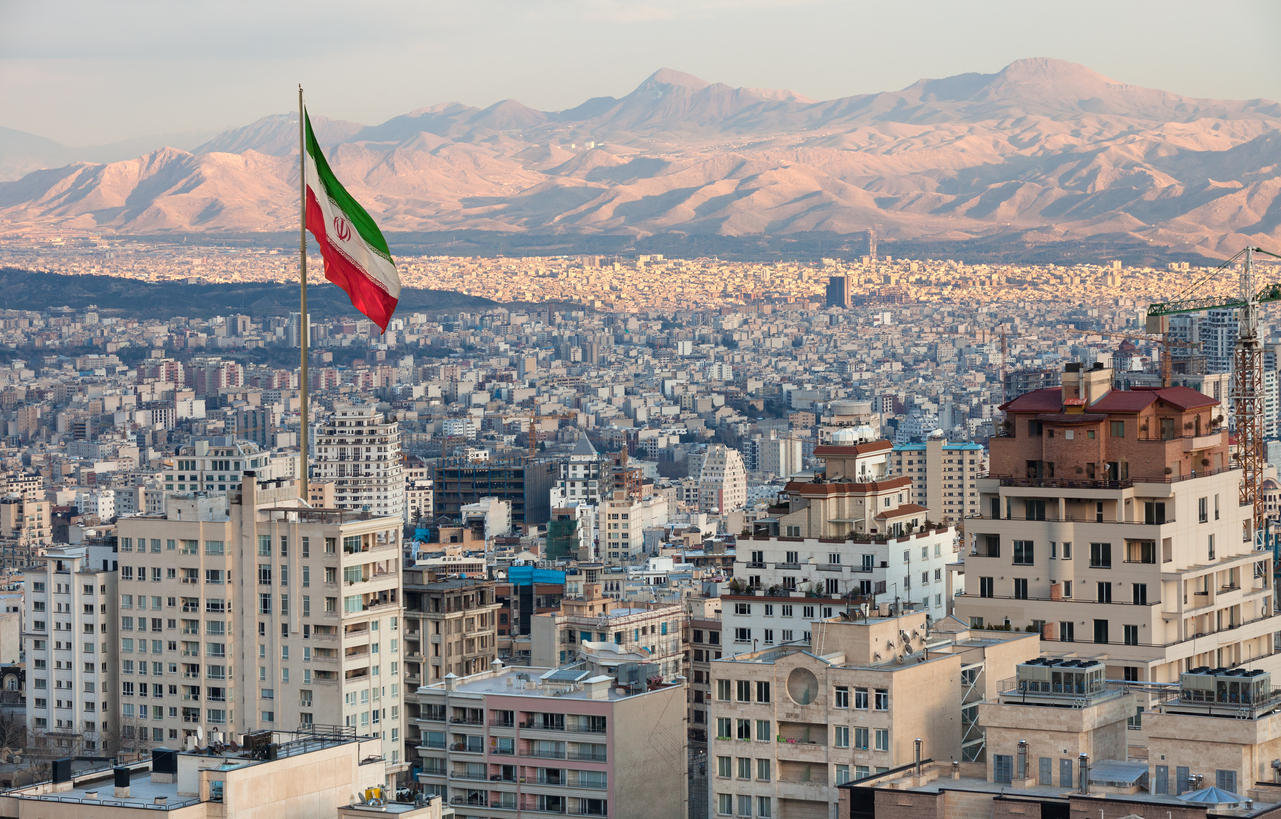
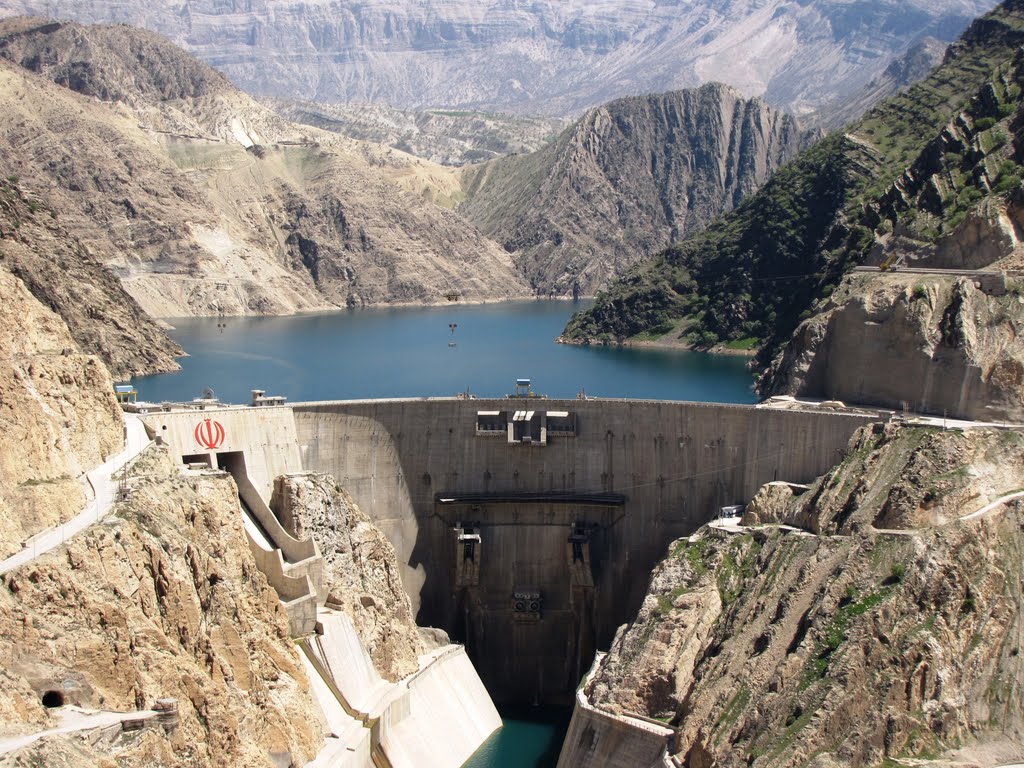
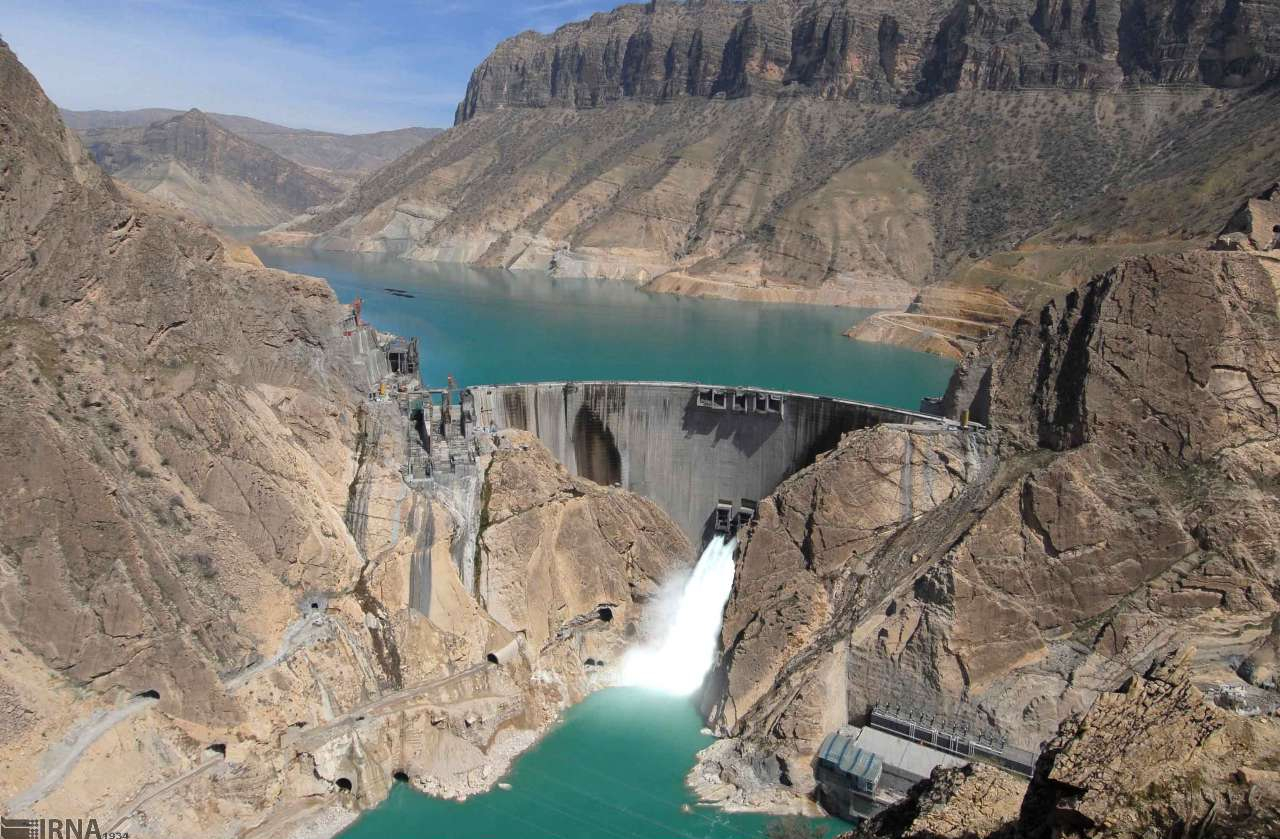
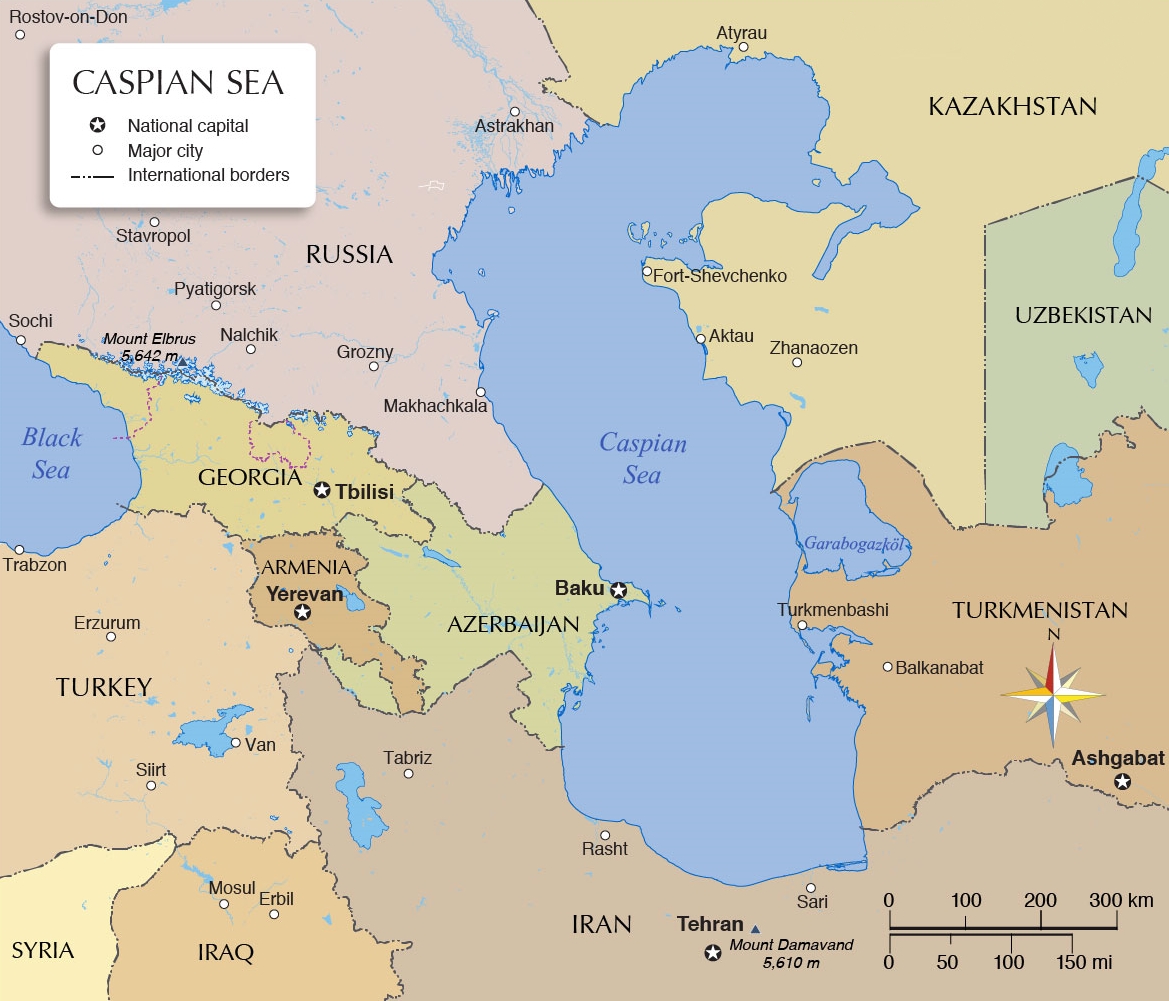
里海(阿塞拜疆语:Xəzər dənizi,波斯语:دریای مازندران/دریای خزر,俄语:Каспийское море,哈萨克语:Каспий теңізі,土库曼语:Hazar deňizi)位于欧亚交界,是世界上最大的湖泊及封闭内陆水体。[2][3]里海的面积有371,000平方公里(不包括卡腊博加兹哥耳湾),体积为78,200立方公里,湖面比海平面低27米(89英尺),最深处有1,025米(3,360英尺),平均深度为187米(610英尺)[4],南部的海床低至海平面以下1,023米(3,356英尺),这是仅次于贝加尔湖(-1,180米或-3,870英尺),地球上第二低的自然凹陷。从北向南的长度近1,200公里(750英里),平均宽度为320公里(200英里)。
里海是咸水湖,盐度大约为1.2%,为平均海水盐度的三分之一。[5]沿海地区的古代居民将里海视为海洋,这可能是因为其湖水盐度高和面积广大的缘故。里海是内流湖,没有流出口;由多个国家环抱,西北有俄罗斯,西面是阿塞拜疆,南面是伊朗,东南是土库曼,东北为哈萨克。里海也是海迹湖,原本为古地中海的一部分。
里海有相当多种鱼类,以鱼子酱和石油工业而负有盛名。石油工业的污染,以及流入里海的河流之上所建的水坝,对湖内的生物有负面的影响。广阔而且内流的里海呈南北走向长方形的形状,主要淡水由窝瓦河,从比较浅的北端流入,在它中部和南部有两个深的盆地,导致里海在不同的深度在温度、盐度和生态方面会有差异。
Das Kaspische Meer, auch Kaspisee genannt[2] (aserbaidschanisch Xəzər dənizi, kasachisch Каспий теңізі, persisch دریای خزر / دریای مازندران, DMG Daryā-ye Ḫazar / Daryā-ye Māzandarān, russisch Каспийское море, turkmenisch Kaspi deňzi), ist der größte See der Erde. Der Salzsee ist ein endorheisches Gewässer, das heißt ohne natürliche Verbindung zu den Ozeanen.
Das Kaspische Meer liegt innerhalb der großen Aralo-Kaspischen Niederung in West-Asien und im äußersten Osteuropa. Im Norden grenzt es an Russland und Kasachstan, im Osten an Turkmenistan, im Süden an den Iran und im Westen an Aserbaidschan.
カスピ海(カスピかい、ロシア語: Каспийское море、英語: Caspian Sea)は、ユーラシア大陸の中央アジアと東ヨーロッパの境界にある塩湖。世界最大の湖である。2018年締結の沿岸5か国の協定によって「海」と定義されている(「国際紛争」の項目参照)。カスピの名は古代に南西岸にいたカス族あるいはカスピ族に由来する。カスピ海に近い現在のイラン・ガズヴィーン州都ガズヴィーンは同じ語源であると言われる。現代のペルシア語では一般に「ハザール海」دریای خزرと呼ばれるが、これは7世紀から10世紀にカスピ海からコーカサスや黒海にかけて栄えたハザール王国に由来する(現代ペルシア語では、カスピ海南岸のイランの地名から「マーザンダラーン海」دریای مازندرانとも呼ばれる)。また、トルコ語でも同様の名でHazar Deniziと呼ばれる[2][3]。中国語では現在に至るまで「裏海」(りかい)と呼ばれる。
The Caspian Sea is the world's largest inland body of water, variously classed as the world's largest lake or a full-fledged sea. As an endorheic basin, it is located between Europe and Asia, east of the Caucasus, west of the broad steppe of Central Asia, and north of the Iranian Plateau of Western Asia. The sea has a surface area of 371,000 km2 (143,000 sq mi) (excluding the detached lagoon of Garabogazköl) and a volume of 78,200 km3 (19,000 cu mi). It has a salinity of approximately 1.2% (12 g/l), about a third of the salinity of most seawater. It is bounded by Kazakhstan to the northeast, Russia to the northwest, Azerbaijan to the west, Iran to the south, and Turkmenistan to the southeast.
The Caspian Sea spreads out over nearly 1,200 kilometres (750 mi) from north to south, with an average width of 320 km (200 mi). It covers a region of around 386,400 km2 (149,200 sq mi) and its surface is about 27 m (89 ft) below sea level. Its main freshwater inflow, Europe's longest river, the Volga, enters at the shallow north end. Two deep basins occupy its central and southern areas. These lead to horizontal differences in temperature, salinity, and ecology. The seabed in the southern part reaches as low as 1,023 m (3,356 ft) below sea level, which is the second lowest natural depression on Earth after Lake Baikal (−1,180 m or −3,870 ft). The ancient inhabitants of its coast perceived the Caspian Sea as an ocean, probably because of its saltiness and large size.
The Caspian Sea is home to a wide range of species and may be best known for its caviar and oil industries. Pollution from the oil industry and dams on rivers draining into the Caspian Sea have had negative effects on the organisms living in the sea.
La mer Caspienne est une vaste étendue d'eau située en Asie occidentale, principalement alimentée par la Volga, issue de la fermeture d’une mer océanique ancienne, l'océan ou mer Paratéthys. Bien qu'il s'agisse, d'un point de vue strictement juridique, d'un lac2, on la qualifie couramment de plus grande mer fermée du monde. Elle est bordée au nord et à l’est par les steppes de l’Asie centrale, à l’ouest et au sud par des chaînes issues de l’orogénèse himalayo-alpine : respectivement Caucase et Elbourz. Les pays riverains sont (dans le sens des aiguilles d'une montre) : le Kazakhstan au nord-est, le Turkménistan au sud-est, l’Iran au sud, l’Azerbaïdjan au sud-ouest, et la Russie au nord-ouest (avec le Daghestan, la Kalmoukie et l’oblast d'Astrakhan). Son niveau varie selon les années, mais de 1995 à 2017 il diminue rapidement (−6,72 cm/an en moyenne, soit −1,5 m en 20 ans) principalement à cause d'une évaporation accrue par le réchauffement climatique, et cette tendance devrait se poursuivre3.
Il mar Caspio (درياى خزر daryā-ye xazar in Persiano, kaz. Каспий теңізі Kaspij Tengizi, turkm. Hazar deňizi) è un bacino endoreico situato a 28 metri sotto il livello del mare (depressione caspica), fra Russia, Kazakistan, Turkmenistan, Azerbaigian e il nord dell'Iran: lungo 1 200 km, con una larghezza media di 310 km, una superficie di 371 000 km², un volume di 78 200 km³ ed una profondità massima di 1 025 metri nella parte meridionale (a nord la profondità non supera i 6 metri), tre sono i fiumi maggiori che sfociano nel mar Caspio: Volga, Ural e Kura.
Mar Caspio (en ruso, Каспи́йское мо́ре) es un lago de agua salobre que se extiende entre Europa y Asia. Su superficie es de 371 000 km², su profundidad media es de 170 m, la máxima es de 995 m y es el lago más extenso del mundo. Sus dimensiones son 1210 km en dirección norte-sur y de 210 km a 436 km en dirección este-oeste.1
Ocupa la parte occidental de la depresión uralocáspica, que forma parte de la mayor cuenca endorreica de la Tierra, estando su superficie 28 m bajo el nivel del mar.
Está fundamentalmente alimentado por el río Volga y por otros menos caudalosos como el Ural, el Emba y el Kurá.2
Каспи́йское мо́ре[1] (Ка́спий[1][2], от лат. Caspium mare или др.-греч. Κασπία θάλασσα, Kaspía thálassa) — крупнейший на Земле замкнутый водоём[3], который может классифицироваться как самое большое бессточное озеро либо как море — из-за своих размеров, а также из-за того, что его ложе сложено земной корой океанического типа. Расположено на стыке Европы и Азии. Вода в Каспии солоноватая, — от 0,05 ‰ близ устья Волги до 11—13 ‰ на юго-востоке. Уровень воды подвержен колебаниям, согласно данным 2009 года составлял 27,16 м ниже уровня моря[4]. Площадь Каспийского моря в настоящее время — примерно 371 000 км², максимальная глубина — 1025 м.
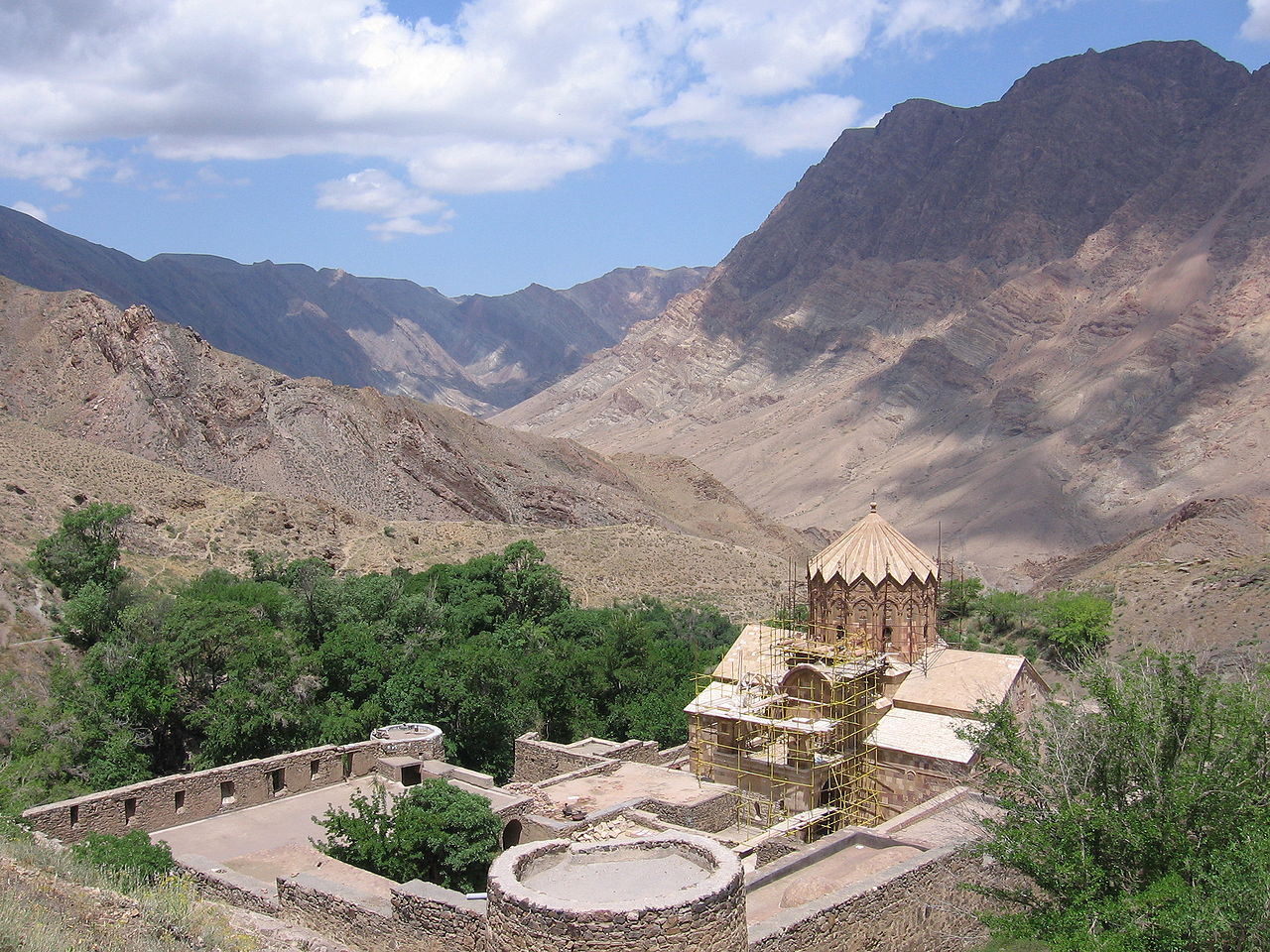
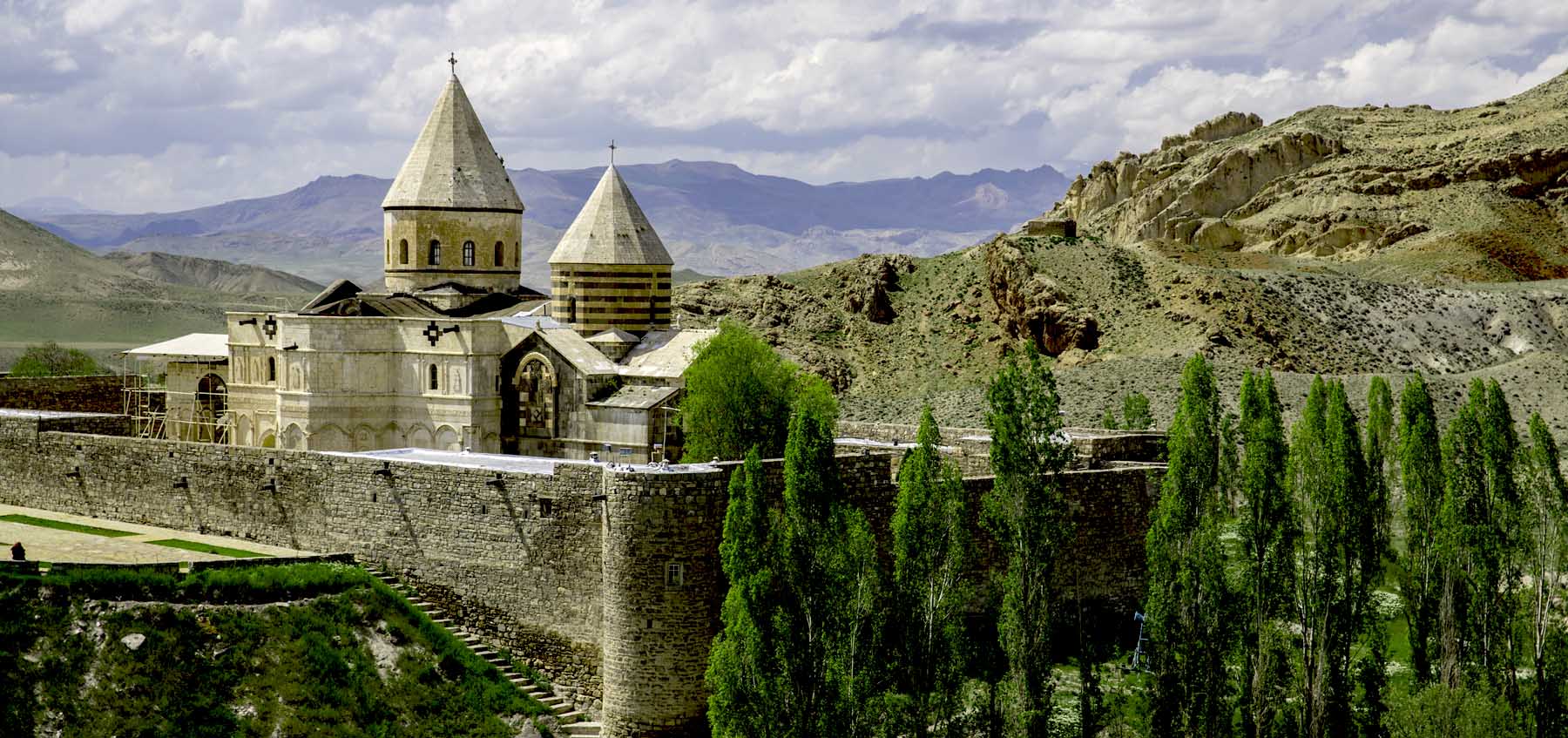
 Media and press
Media and press
 Companies
Companies
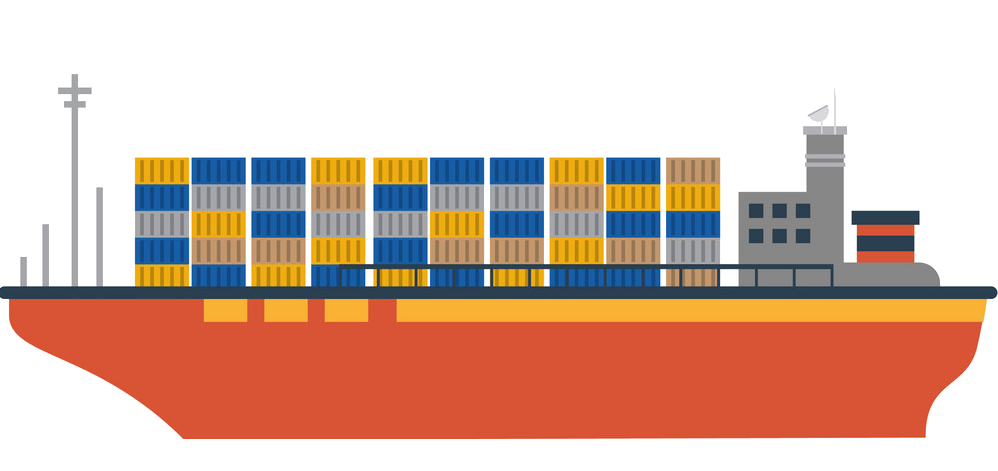 Ships and Nautics
Ships and Nautics

 Financial
Financial
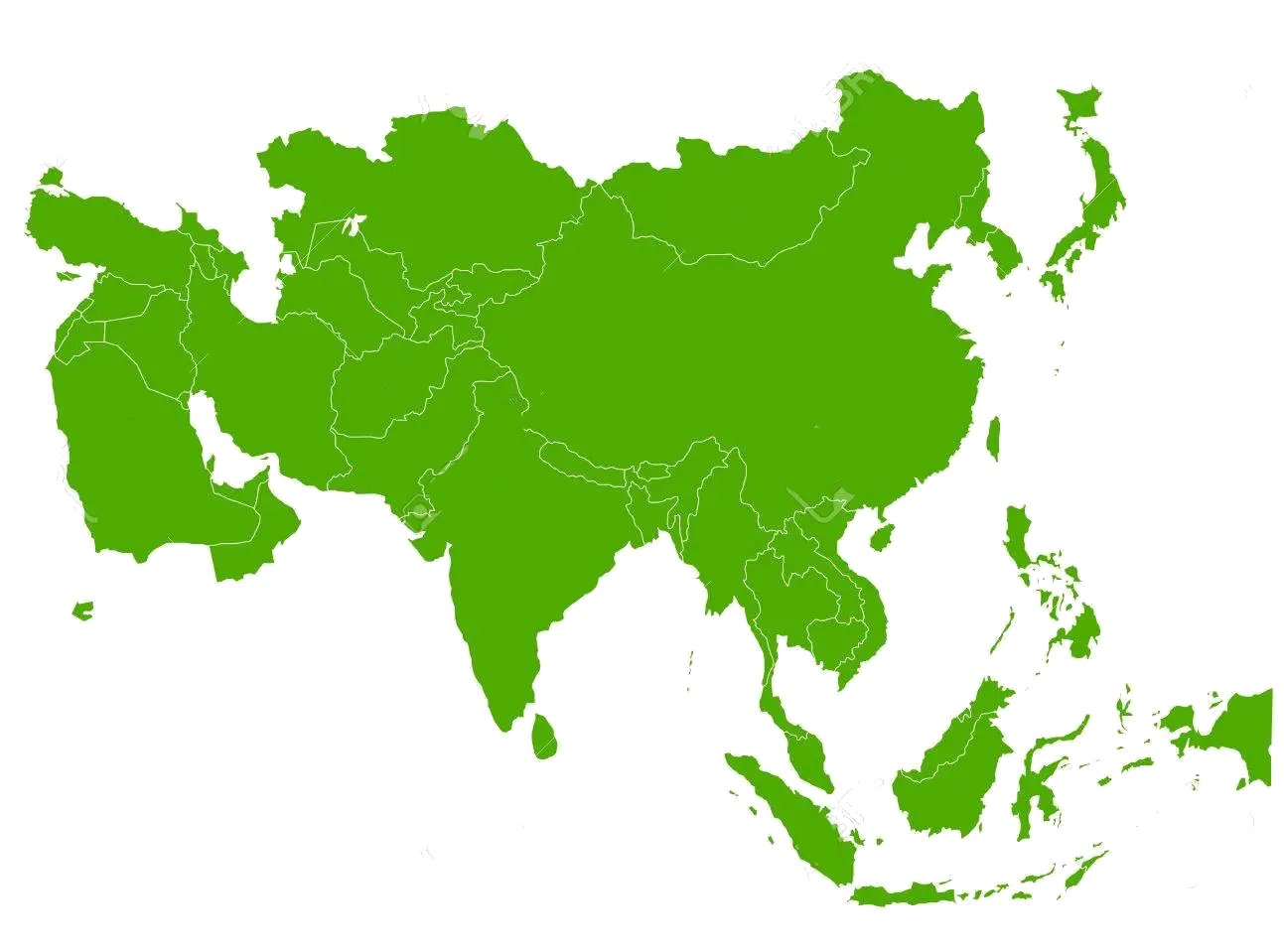 States of Asia
States of Asia
 Geography
Geography
 Party and government
Party and government
 International cities
International cities
 Energy resource
Energy resource
 History
History
 Architecture
Architecture
 Religion
Religion
 World Heritage
World Heritage